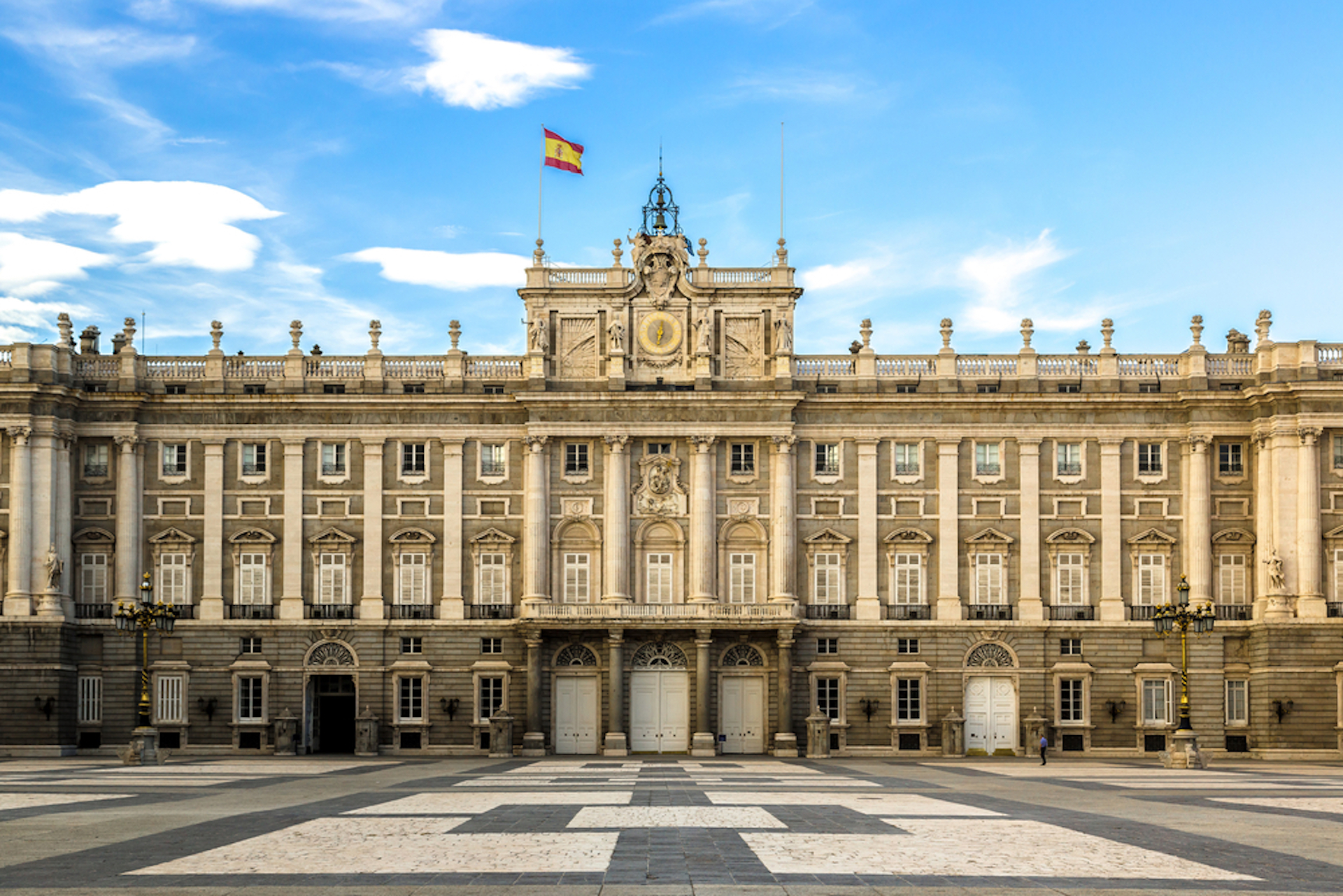Boasting four UNESCO World Heritage Sites and a one-kilometer stretch housing three world-class museums, Madrid is an unbeatable destination for culture lovers. Given the trend of modern Chinese travelers increasingly looking for authentic cultural experiences, it should come as little surprise that a record 650,000 Chinese tourists visited Spain in 2018 — a 128 percent increase over a three-year period.
These travelers contributed $1.82 billion to the Spanish economy last year and to deepen the country’s commitment to this group, Madrid’s cultural institutions are pulling out all the stops. Efforts include intensive Mandarin courses for staff, tax deductions for shoppers, and the launch of Chinese-language websites and apps for museum goers.
But one key focus has been the development of audio guides. Studies show positive audio guide experiences greatly increase the likelihood of guests posting positive reviews on social media and travel sites. What’s more, creating a Mandarin audio guide is a cost-efficient way for institutions to cater to Chinese museumgoers without exhausting resources.
Plaza de Toros of Las Ventas
Considered a Mecca in the world of bullfighting, Plaza de Toros of Las Ventas has been a historical heritage site since 1994. The rich collection of posters, traditional matador outfits, and paraphernalia present bullfighting as an inalienable aspect of Spanish culture. The stadium’s Chinese audio guide even has a virtual reality twist. In addition to the wealth of information and anecdotes presented, visitors enjoy can enjoy a virtual bullfighting game in which they can try their hand at using the iconic muleta (red cape) to fight bulls like a pro!
Cerralbo Museum
Located inside an impressive mansion in Madrid’s center, the Cerralbo Museum transports guests back and offers a sense of aristocratic life in 19th-century Madrid. The institution’s collection is comprised of more than 50,000 objects including artworks, furniture, coins, and weapons, all of which was once the property of Marquis of Cerralbo and his family. Maintaining its appearance as a family home, Cerralbo is without labels, but guests are encouraged to explore the property with Chinese audio guides available both at the front desk and online.
The Royal Palace of Madrid
Home to the Kings of Spain from Charles III to Alfonso XIII, the palace contains more than 3,000 rooms, including: the Main Staircase, the Throne Hall featuring a ceiling painted by Tiepolo; and the Royal Chapel, which holds a collection of string instruments made by the legendary Antonio Stradivari. To help navigate the grounds, Chinese visitors can download an interactive audio tour app, which includes 3-D maps, 360-degree panoramic views and high-resolution photos. The service is also available at each of the Royal Sites and Monasteries maintained by the national institution.
Teatro Real
A benchmark on the European opera scene, Teatro Real, or Royal Theatre, is recognized globally for its remarkable acoustics and stage. The institution’s audio guide takes visitors around some of the theatre’s main spaces, including the Royal Box, the State Rooms, and the main stage. The pre-recorded commentary available in Chinese has two options: a technical tour and an art tour. Additionally, the music house recently signed an agreement with China’s National Center for the Performing Arts (NCPA) to exchange audiovisual materials through the online platform, Palco Digital. The deal allows consumers to view concerts and documentaries on demand.
Thyssen-Bornemisza Museum
With masterpieces from artists including Salvatore Dalí, El Greco, Claude Monet, and Pablo Picasso, the Thyssen-Bornemisza Museum boasts a vast collection of European art dating back to the Medieval period. To help navigate the former aristocratic mansion, the gallery’s Chinese language audio and multimedia guides include detailed commentary on more than 300 permanent pieces as well as virtual tours of temporary exhibitions.
Edited by Richard Whiddington



